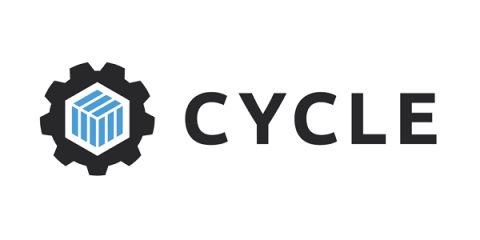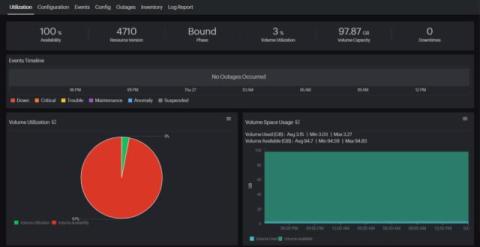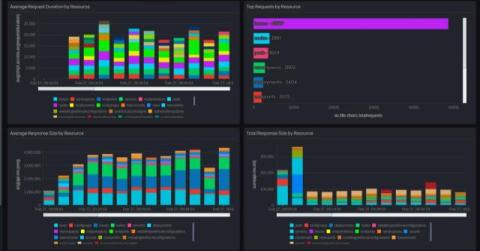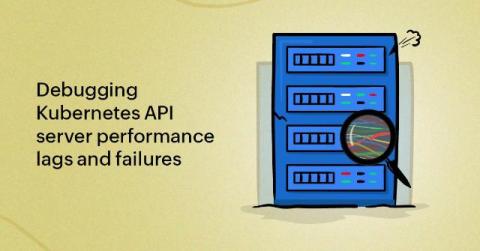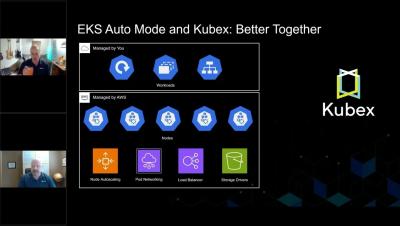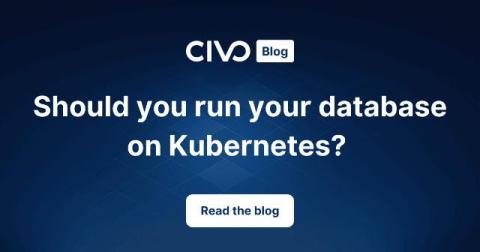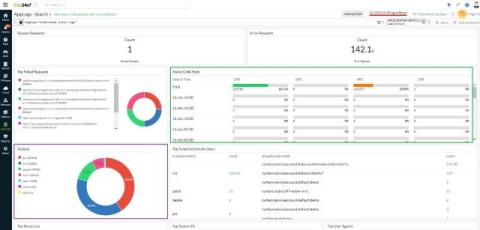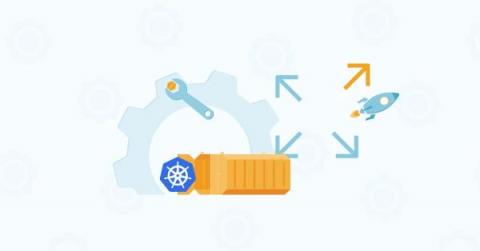Unboxing the Internal Developer Platform with Cycle
As software grows ever more complex, the growing trend of Internal Development Platforms (IDPs) is becoming undeniable. It doesn't matter if you are the next AI super company or a small tech startup—if you are building software, you should consider having a repeatable set of practices and tooling in place to remove developer friction and supercharge operations. IDPs can be used to solve a number of issues, from context switching and lack of collaboration to lack of visibility and security risks.


